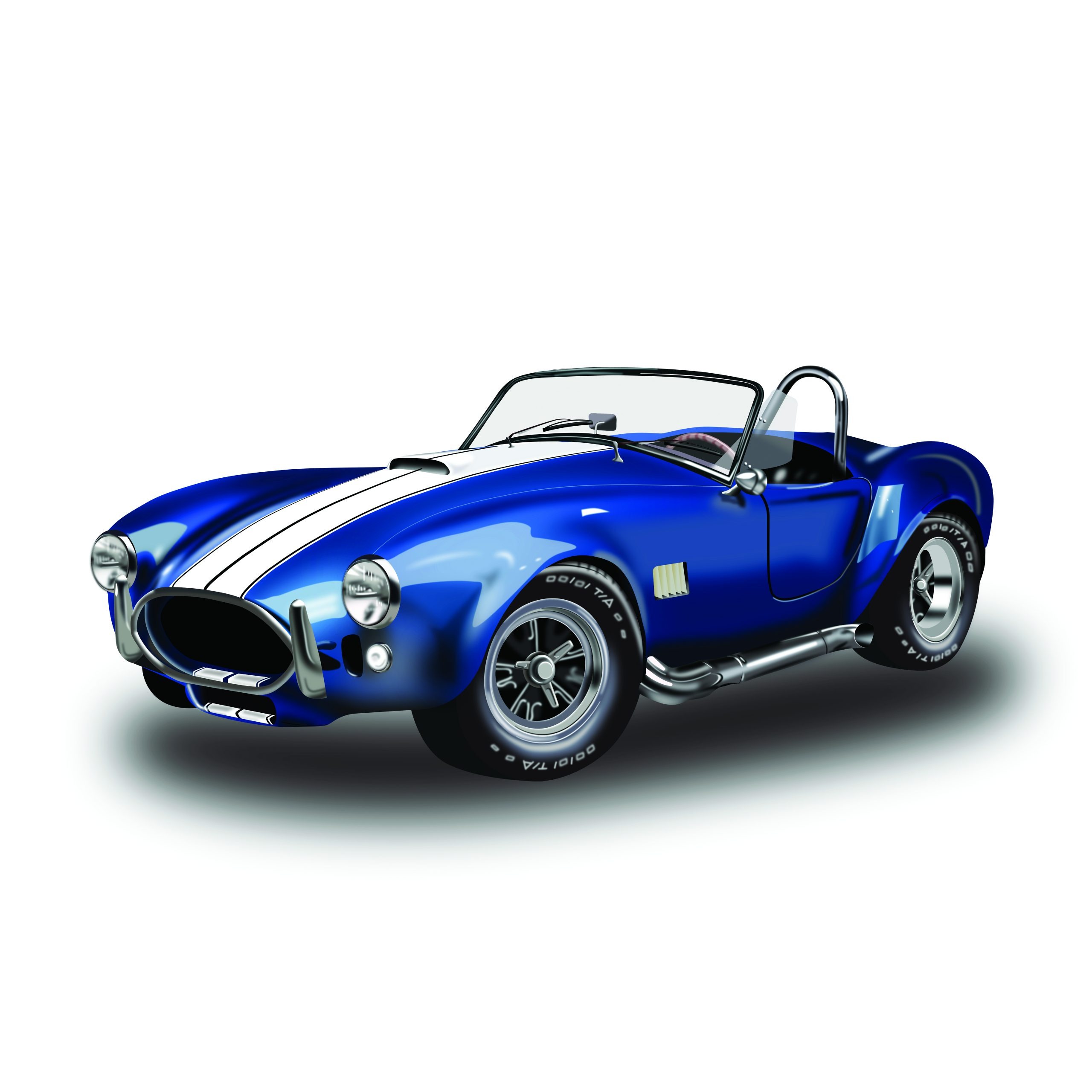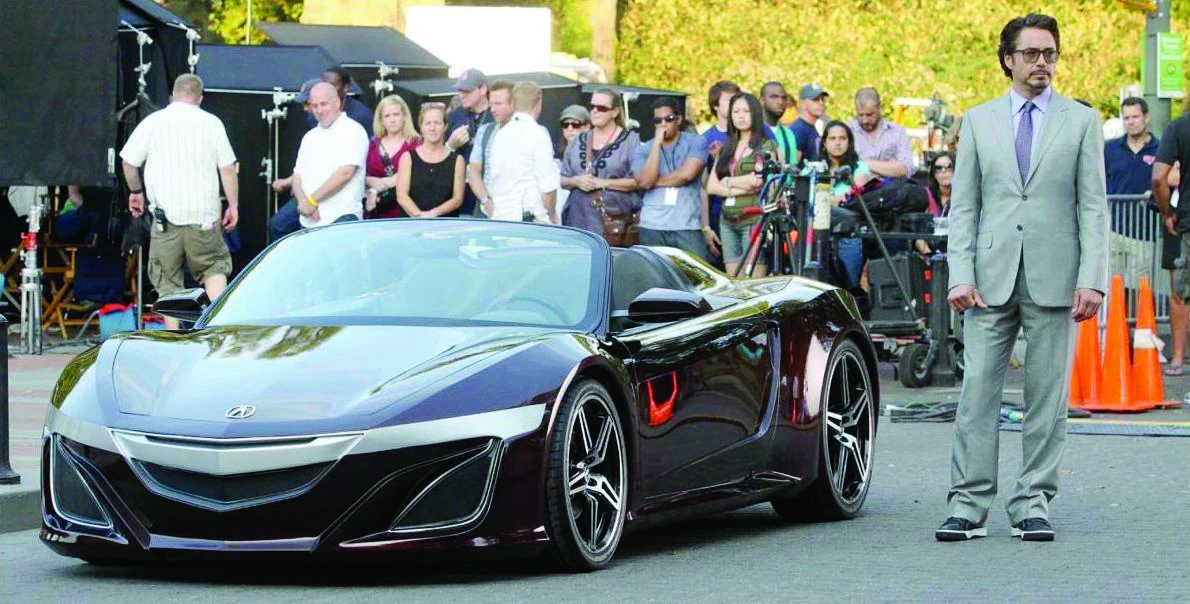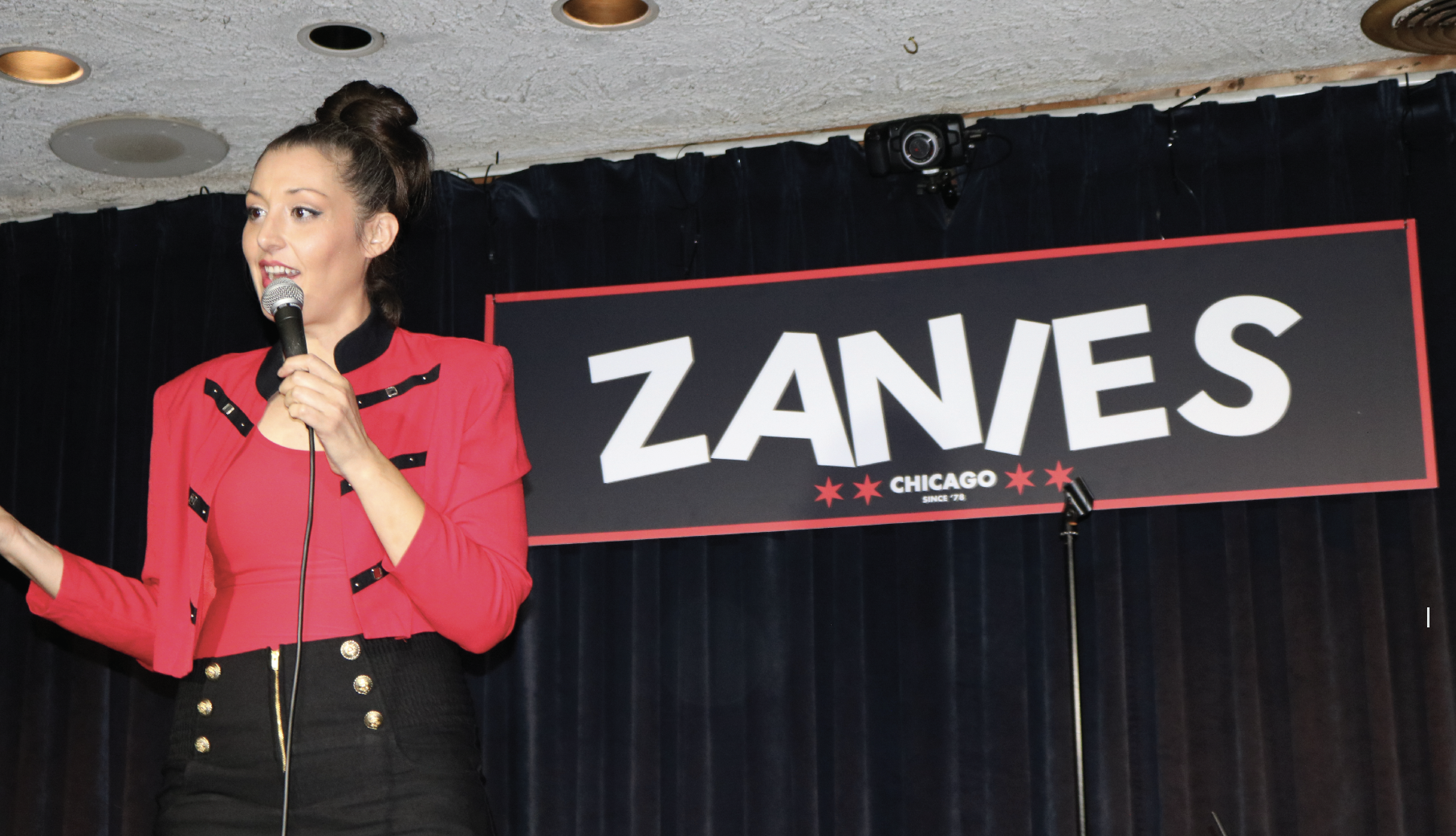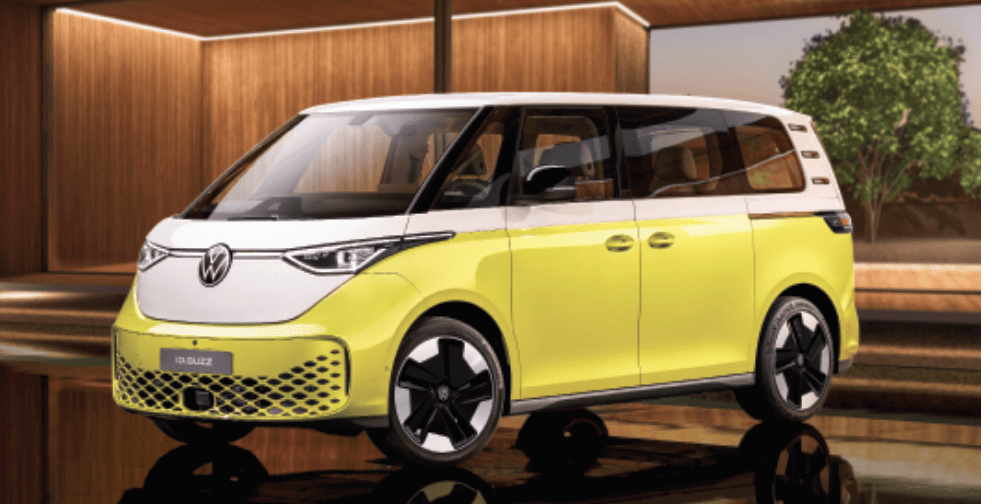Will EVs Kill the Radio Star?
Some automakers want to banish AM
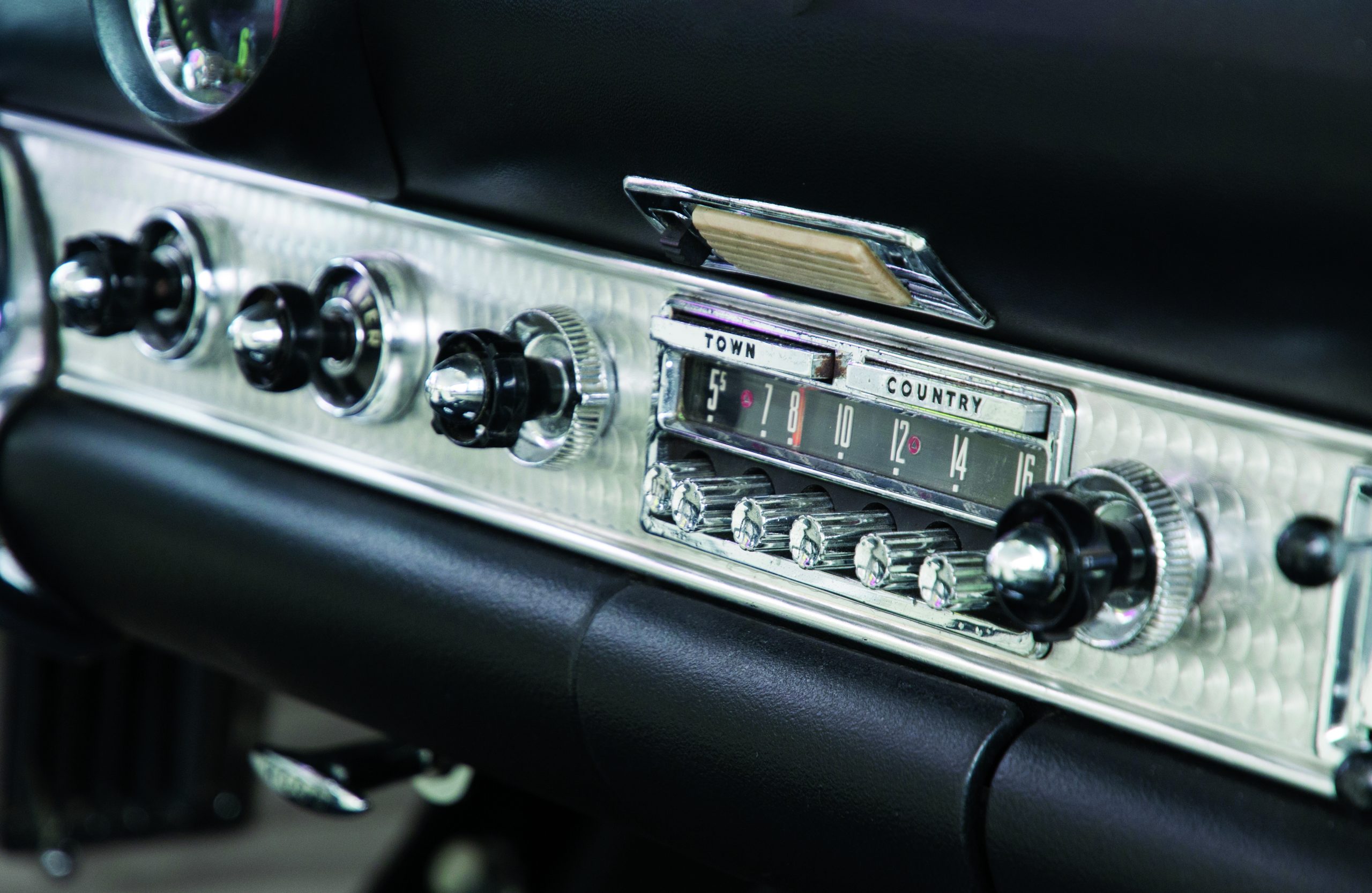
Upon reading his own premature obituary, Mark Twain supposedly observed that “reports of my death are greatly exaggerated.” The same goes for AM radio.
Some 82 million Americans listen to AM radio monthly, according to Nielsen Audio Today 2023. It reaches 91% of all Americans 18 years or older monthly—more than TV, PCs, tablets, smartphones or TV-connected devices, the report says.
Interest in radio parallels the resurgence of vinyl records, notes Robert Quicke, author of Finding Your Voice in Radio, Audio and Podcast Production and founder of College Radio Day. They’re old media, but old is good, he says.
“In general, people have taken radio for granted,” Quicke says, adding that they’re missing out on a great medium. “Radio is still this vital, brilliant thing that when it’s at its best, it’s creating compelling content.”
Radio reaches 87% of Americans ages 18-34, a Nielsen study reported last year. Spotify lands at 41%, Pandora at 21%, Apple Music at 18%, Amazon Music at 14% and satellite radio at 7%, the data measurement firm says.
Yet despite what some view as the glories and mass appeal of radio, skeptics abound.
Who’s listening?
Critics accuse commercial radio of irrelevance for younger generations.
Most if not all of instructor Tom Moran’s students in his Columbia College Chicago course on writing for radio and broadcasting don’t listen to the radio.
“The fact is that younger people are not listening,” Moran says. “The main issue is that there is just too much media out there. I don’t know how any [medium] is supposed to be profitable—there’s too much competition.”
Measuring the audience can get complicated, too, notes Paul McLane, editor-in-chief of the trade journal Radio World. Some analysts combine radio and streaming when collecting data. People are counted as radio consumers if they listen to a radio station on a streaming app, he says.
It’s part of the uncertainty clouding our understanding of the present and future of radio.
“A lot of younger people still use radio as part of their lifestyle,” McLane says. “But that said, there’s no question that it’s probably a more challenging area for the business, and the long-term stability of our business is to make sure those listeners are locked in [and] to figure out more about how they’re listening. I think it’s an open question.”
Quicke, the radio book author, says the radio industry has had to adapt quickly and use different channels. Shock Jock Howard Stern, he notes, was a pioneer because he brought video cameras into the radio studio.
“Radio is becoming an increasingly visual medium,” Quicke says. “Radio has to be clever to compete … utilizing everything, all the different social media channels and outlets.”
That muddles the overcrowded field, leaving the public with the task of deciding what to watch or listen to. This is where commercial radio could have the upper hand—it’s an accessible medium that does the work for you. But it’s all about having compelling content.
The most important trend over the past 10 to 15 years, McLane says, is that audio remains important in the lives of consumers. Radio execs have had to figure out how to adjust their businesses and use their presence in cars to maximum advantage.
“There are a lot of exciting things going on,” Quicke says, “and we’re putting a lot of exciting things into our vehicles. But let’s not forget that with a radio, this could be a potentially lifesaving tool when all else fails. We’re so connected to the cloud, there needs to be a device that isn’t.”
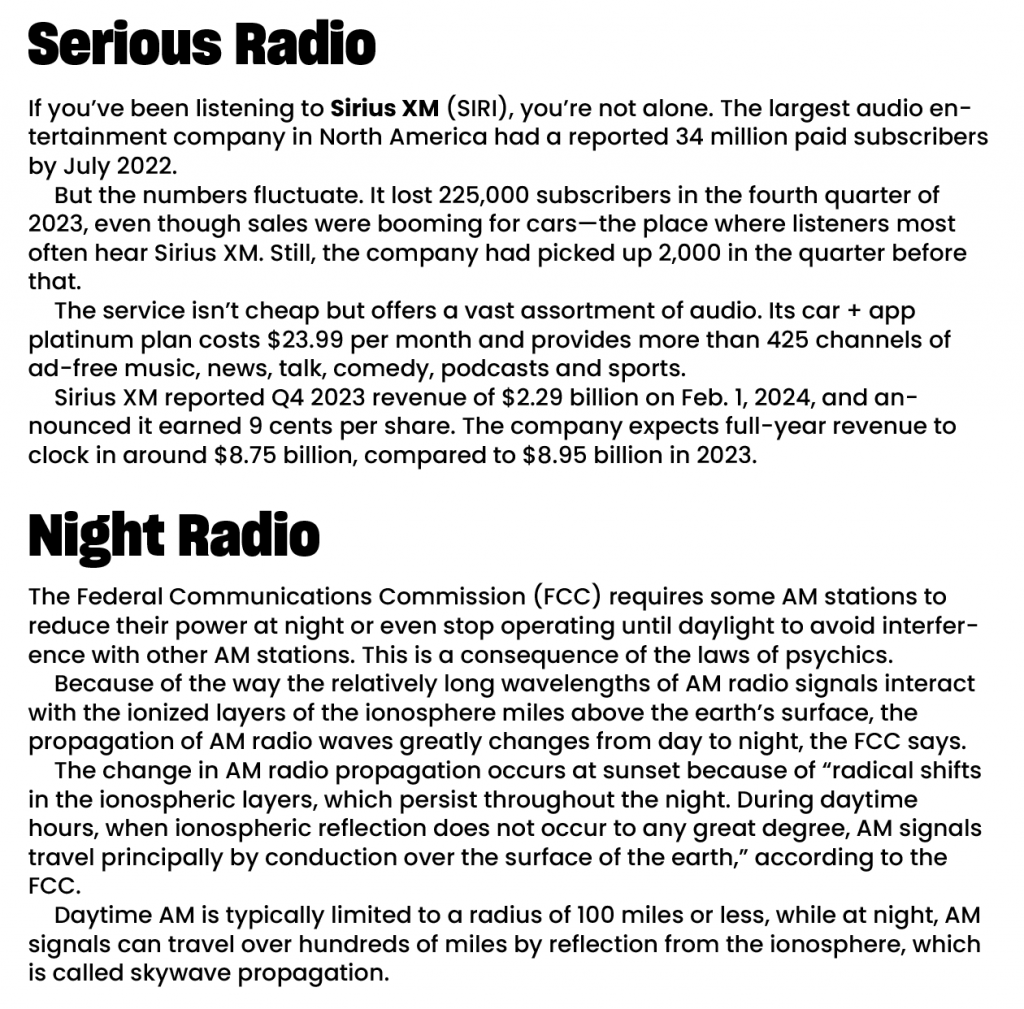
Threats to AM radio
In April 2023, Ford Motor Co. (F) announced plans to stop putting AM radio in new gas-powered and electric vehicles beginning in 2024.
About the same time, the National Association of Broadcasters (NAB) launched a “Depend on AM Radio Campaign” in response to some automakers stripping AM radio from certain vehicles. The campaign is meant to share the “dire implications of this decision and will amplify the voices of the more than 82 million Americans that AM reaches each month.”
A month after its announcement, Ford backpedaled and said it would keep AM radio in its cars. Ford CEO Jim Farley made this statement on LinkedIn:
“After speaking with policy leaders about the importance of AM broadcast radio as a part of the emergency alert system, we’ve decided to include it on all 2024 Ford and Lincoln vehicles. For any owners of Ford EVs without AM broadcast capability, we’ll offer a software update. Customers can currently listen to AM radio content in a variety of ways in our vehicles—including via streaming—and we will continue to innovate to deliver even better in-vehicle entertainment and emergency notification options in the future.”
But Ford isn’t the only company that’s threatened AM radio. In December 2022, Sen. Ed Markey (D-Mass.) sent a letter to automakers urging them to maintain free broadcast radio in EVs. He asked the manufacturers to answer questions about their plans to discontinue free access to AM/FM radio. Of 20 companies, eight—Ford, BMW, Mazda, Polestar, Rivian, Tesla, Volkswagen and Volvo—had removed AM radio from some vehicles, primarily EVs.
In May 2023, Markey introduced the AM for Every Vehicle Act with the support of Sens. Ted Cruz (R-Tex.), Tammy Baldwin (D-Wis.), Deb Fischer (R-Neb.), Ben Ray Luján (D-N.M.) and J.D. Vance (R-Ohio) and Reps. Josh Gottheimer (D-N.J.), Tom Kean Jr. (R-N.J.), Rob Menendez (D-N.J.), Bruce Westerman (R-Ark.) and Marie Gluesenkamp Perez (D-Wash.). The proposed legislation was endorsed by Jessica Rosenworcel, chair of the Federal Communications Commission (FCC).
If passed into law, the bill would require the Department of Transportation (DOT) to issue a rule requiring all new motor vehicles to have devices that can access AM broadcast stations as standard equipment. The bill applies to vehicles manufactured in the U.S., imported to the U.S. or shipped in interstate commerce.
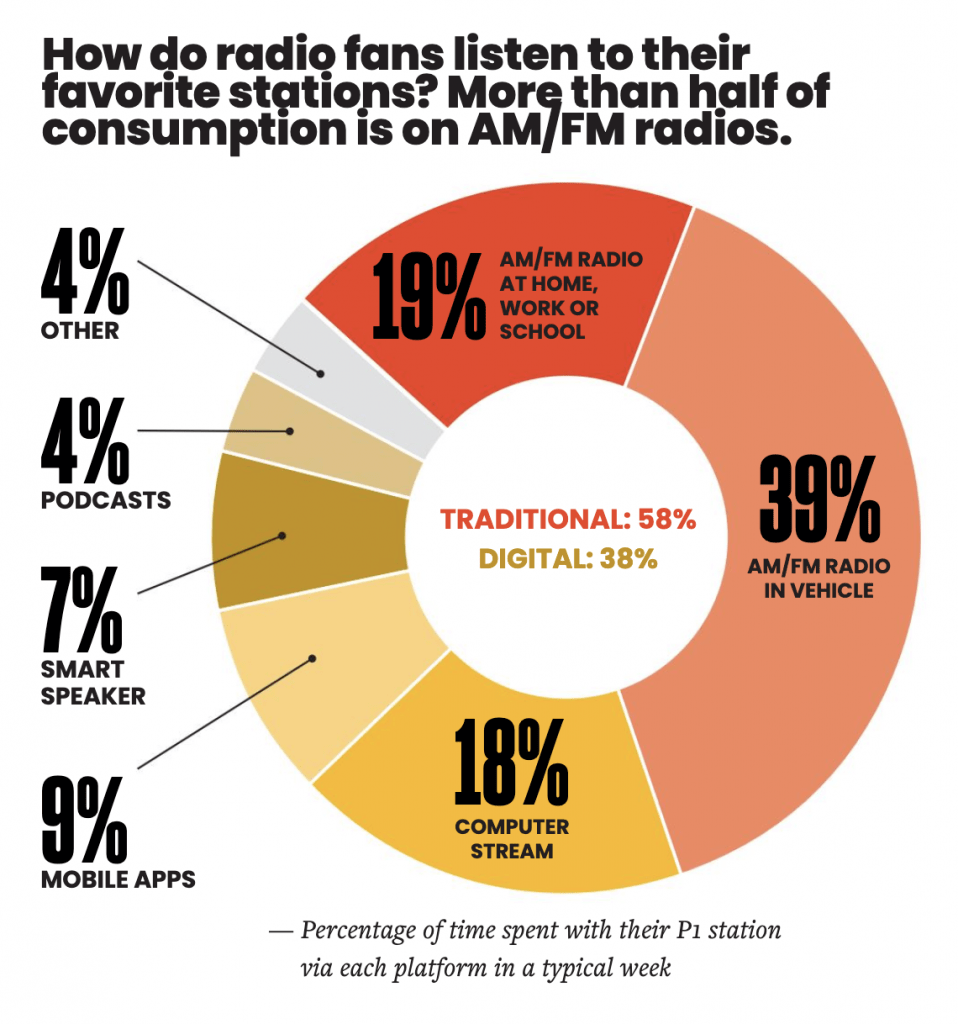
So, why are some automakers not including AM radio in EV models?
The electric motors can interfere with AM reception in cars, says David Layer, vice president of advanced engineering for the National Association of Broadcasters (NAB).
AM and FM frequencies are on very different parts of the RF spectrum, Layer notes. The AM frequency band is from 550 kilohertz to 1,750 kilohertz and is known as the medium wave band of RF frequencies. FM is in the VHF band, from 88 megahertz to 108 megahertz. The reception characteristics and propagation characteristics of signals in those two bands differ significantly.
AM is at a much lower frequency, and it happens that interference generated by the electric motors is stronger at the lower frequencies, plus the nature of AM is more susceptible to that interference, Layer notes.
“These are not insurmountable problems, though, because a lot of EVs have AM radio in them,” he says. “It’s doable. It’s just a matter of priorities.”
EVs aside, McLane says the broadcasting industry has invested time and resources addressing this question: “How can we keep stations at the forefront of the car dashboard?”
“We don’t know where it’s going,” he says, “but the fact that broadcast interests have seen it necessary to push for legislation is an indication that it’s very important.”
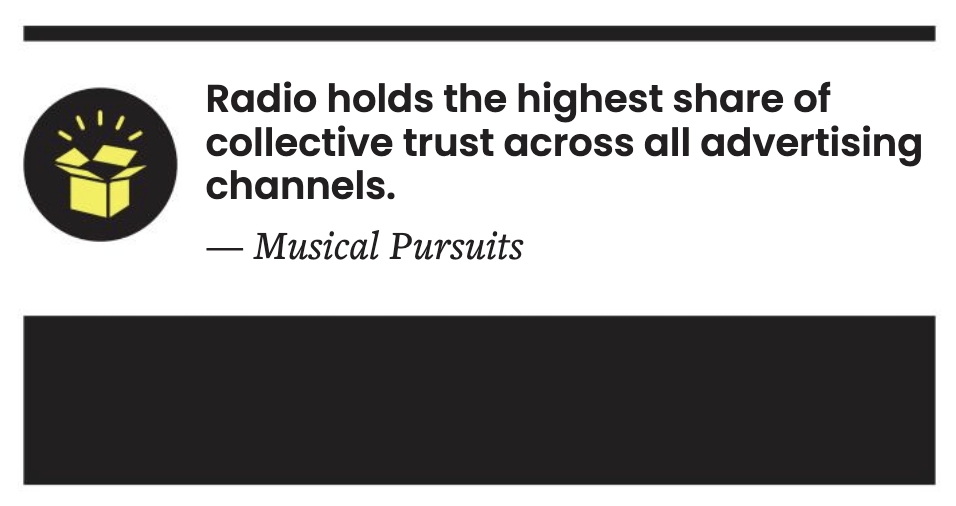
Despite the worries, Moran, the college instructor, doesn’t think electric vehicles are sounding the death knell for commercial AM radio. About 2 million EVs are registered in the U.S. as of November 2023, according to the Exploding Topics website, meaning the market isn’t necessarily booming. Moran says it will take a long time to see a major change in AM radio—that is, if the AM for Every Vehicle Act doesn’t succeed.
Sean Ross, writer and editor for Ross on Radio, says the biggest issue with deleting AM is that it’s a likely stalking horse of the future of FM, as well.
“I’m surprised the broadcasters who are lobbying for this to be addressed through legislation aren’t pushing for a guaranteed place for AM and FM, particularly given the number of news and talk outlets now found on FM,” Ross says.
For Quicke, the AM in EVs controversy brings to mind the recent Netflix movie Leave The World Behind, where two families fight for survival during a blackout that precedes a war. News of the conflict was scarce when the electrical grid went down.
“Having an AM radio is a tested method of communicating information out over long distances for large populations,” Quicke says. “I know very few people who get up and listen to AM radio, but as a potentially lifesaving
device, it has value.”
Primary Entry Point (PEP) stations provide the public with information and alerts during emergencies. The stations are privately owned commercial and non-commercial radio broadcast stations that participate with the Federal Emergency Management Agency (FEMA).
Moran notes that AM radio also provides Americans with unbiased and direct news. As opposed to selecting content that caters directly to your personal views, Moran says you can turn on an AM radio station for objective newscasts.
But will keeping radio in cars matter if no one’s listening?
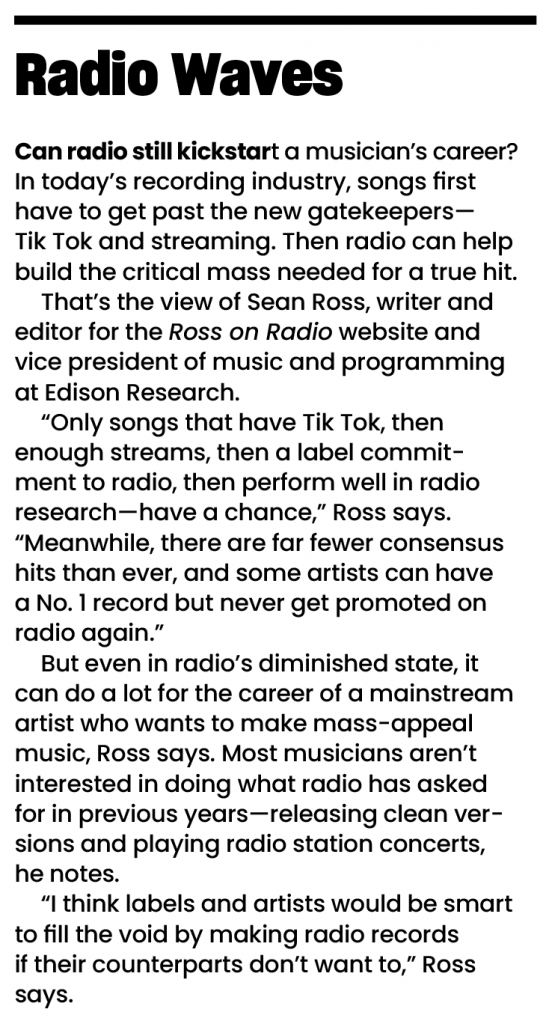
Rethinking audio
Stations should zero in on compelling content to gain and retain listeners, Quicke suggests. Commercial radio could do that by taking a page from the college radio book, he says.
“There is this perception that college radio is not professional—that it’s poorly produced, that it’s scruffy. I would say, ‘Yeah, that’s probably true,’” he says. “But college radio has an authenticity…rather than being this highly polished, technical product. That kind of roughness gives it value.”
Listeners are seeking local connections, and the human contact radio can deliver, Quicke says. “Radio is the most intimate form of communication. I really believe that radio is still that companion in the darkness.”
“McLane cites other factors. “In their public presentation of the benefits of broadcasting, they will always talk about the importance of being local,” he says. “You can question how sincere some of them are. But at the end of the day, it’s true—these are local signals.”
He notes the issue of geotargeting, a form of advertising that uses location data to reach customers. As of April 2, 2024, the Federal Communications Commission (FCC) said it will allow FM geotargeting, according to an article written by McLane for Radio World.
“The commission has given unanimous approval to the concept of allowing FM radio stations in the United States to originate programming on boosters for a limited amount of time every hour, something boosters currently are not allowed to do,” McLane writes.
Commercial, noncommercial and LPFM stations are able to participate, and the order limits the origination to three minutes per hour.

Meanwhile, trends in the industry include increasing content related to gambling because rules governing sports wagering have changed. People on the radio used to avoid even mentioning the word “gambling,” and now it’s becoming an accepted format, McLane says.
As for what to look for in the industry this year, Layer says hybrid radio will level the playing field for AM. He expects more automakers to announce its use in the coming years. It essentially combines information from the internet with information that arrives over the air.
“Now with these hybrid radio systems, AM stations can look just as good as any other station,” Layer says.
Ross says the radio’s strength is in the ease-of-use AM/FM. If broadcasters are sincere about the public safety value of radio, there’s no reason not to have a hybrid approach, and they need to be more competitive in streaming, he says.
The goal, he says, is to bring more people to broadcast commercial radio, which includes more robust offerings on AM.
“Every time a major talk radio station moves to FM, it’s one less reason to go to AM,” Ross says.
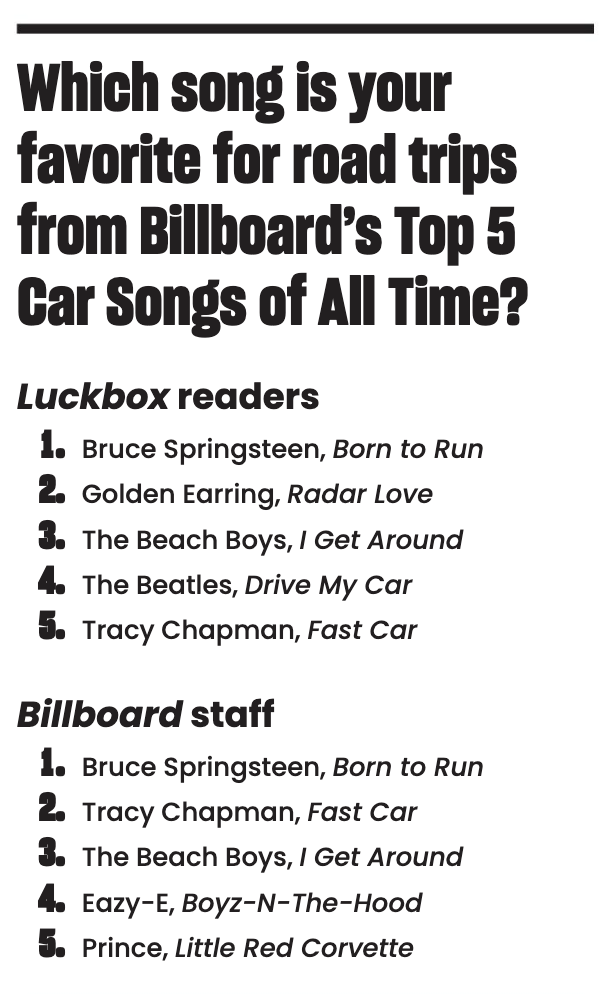
Kendall Polidori is Luckbox’s managing editor and rock music critic. Follow her reviews on Instagram and X @rockhoundlb, and TikTok @rockhoundkp.
